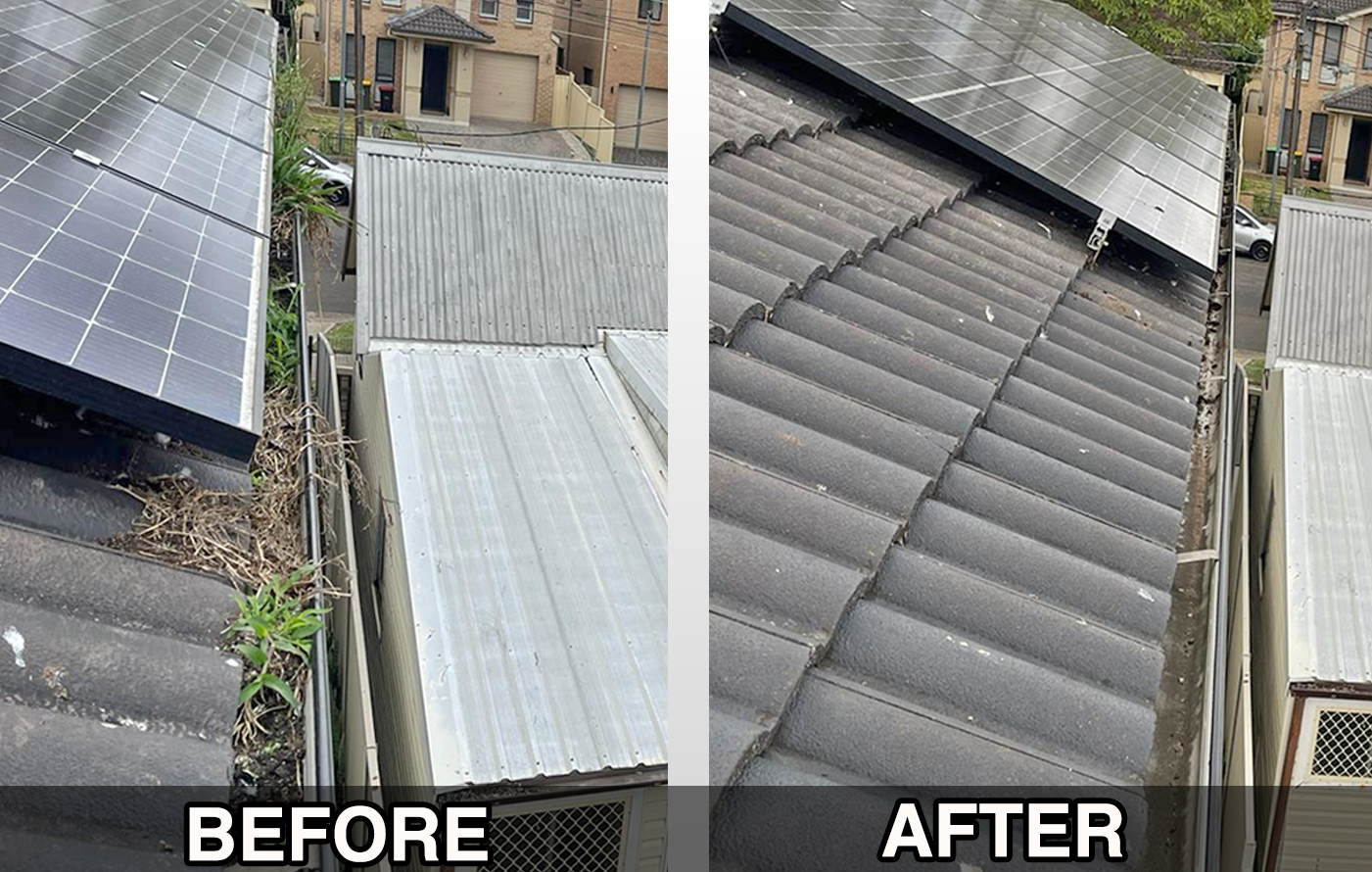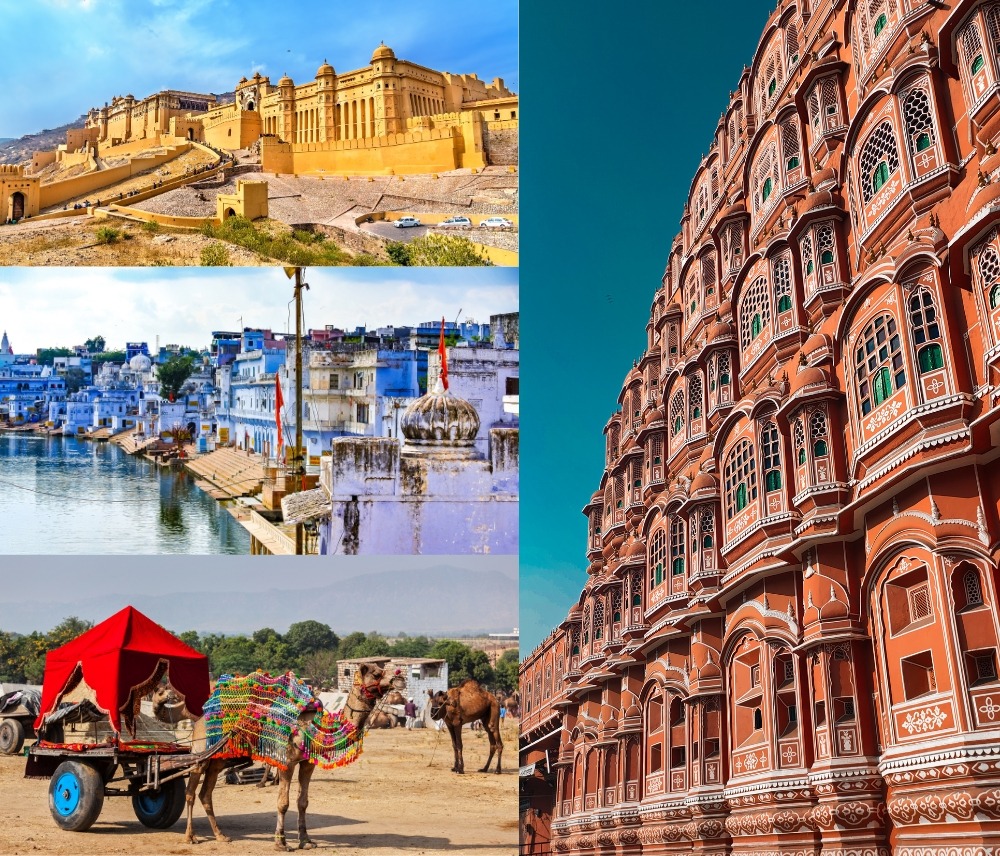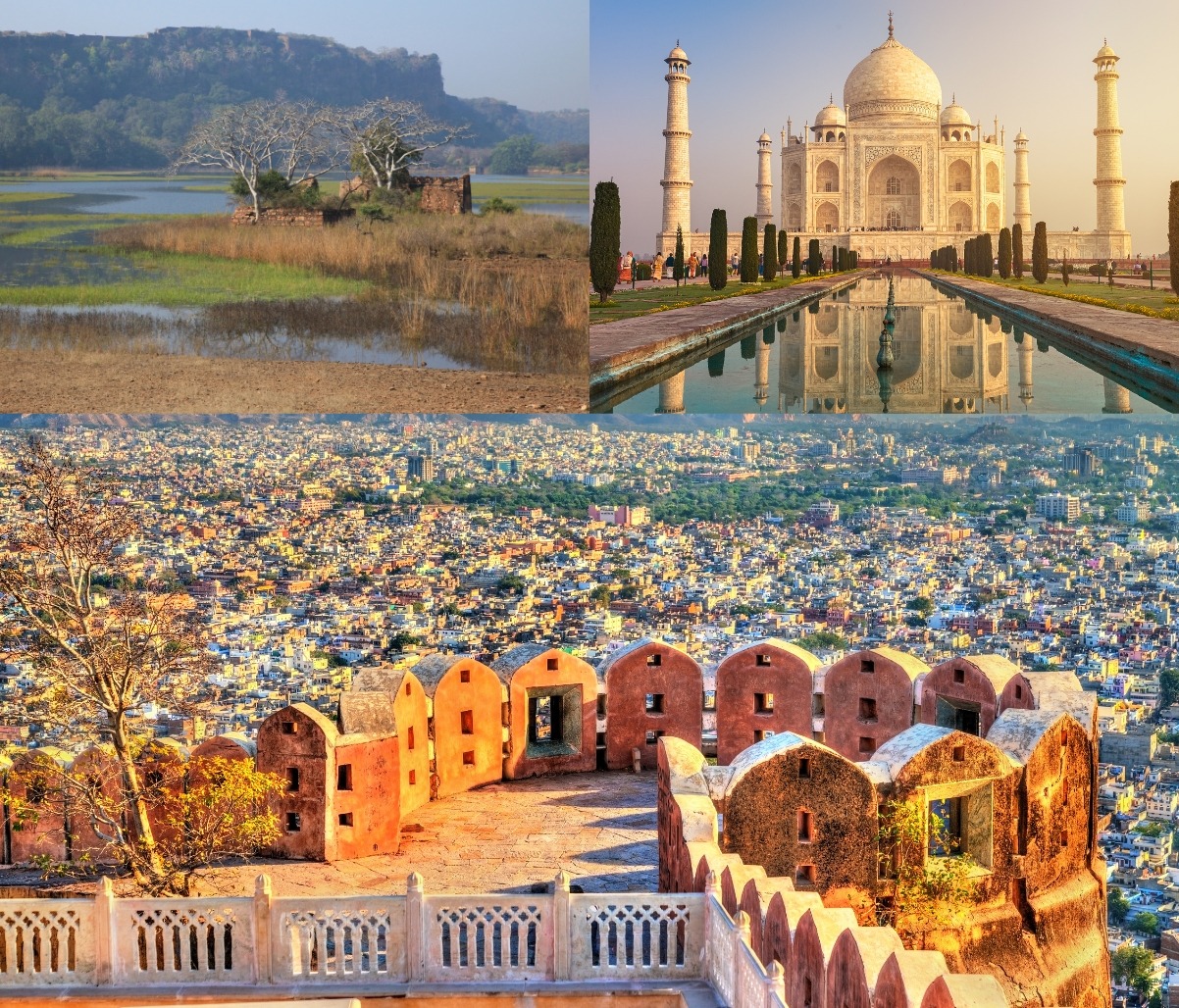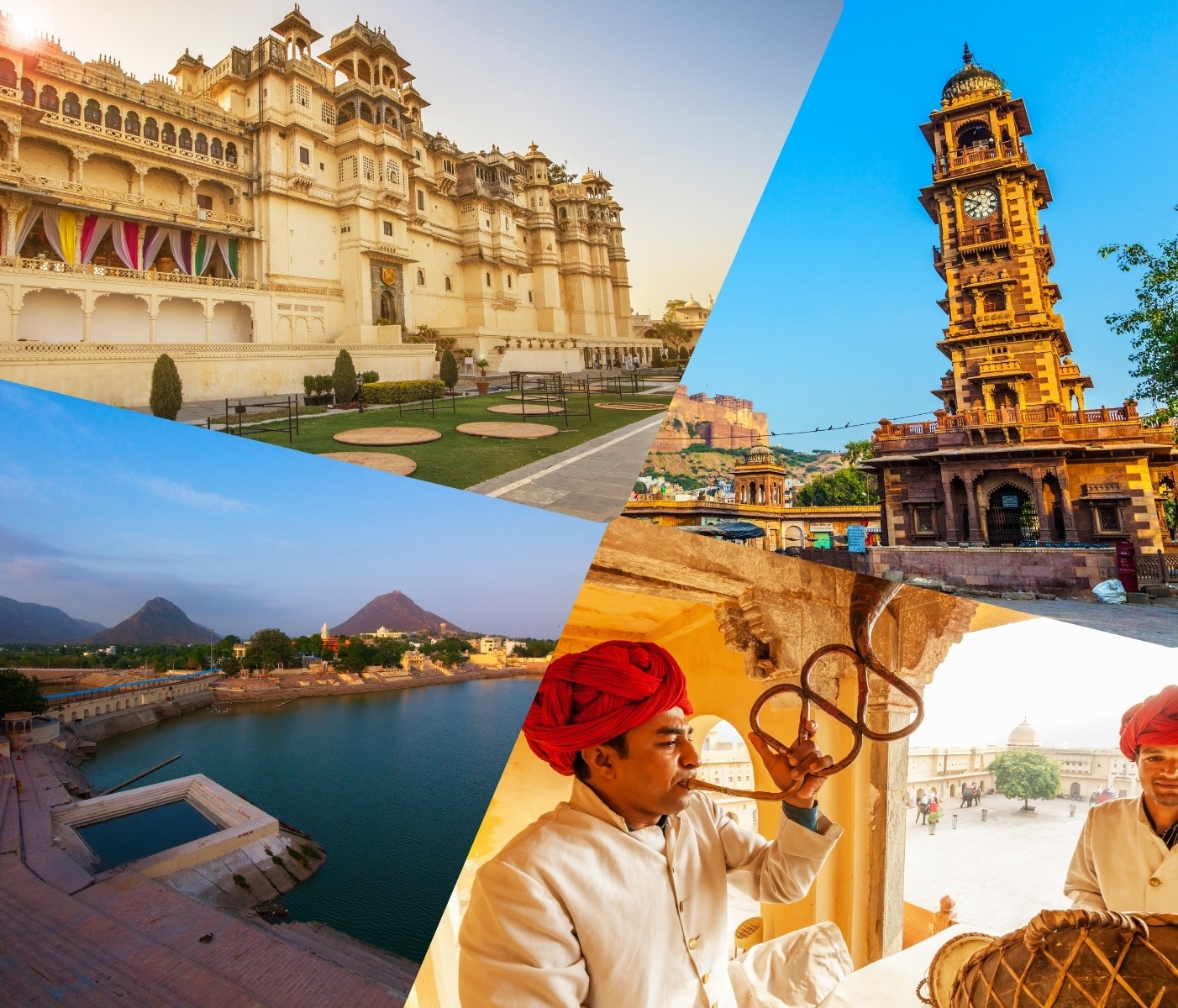Creating a sustainable and eco-friendly future begins with innovative ideas that integrate nature, technology, and conservation. One such visionary approach is to design wildlife sanctuaries using greenhouse glass construction techniques. By blending architectural ingenuity with environmental care, we can protect endangered species while maintaining a controlled and energy-efficient habitat. This modern method not only ensures the survival of wildlife but also sets a new standard in green construction and conservation strategies.
Designing Wildlife Sanctuaries for Modern Conservation
Designing a wildlife sanctuary requires careful planning, environmental knowledge, and deep respect for the animals and ecosystems it aims to protect. A modern sanctuary is no longer just a fenced area—it is a carefully curated ecosystem where animals can thrive in a natural yet protected environment. Integrating greenhouse glass construction into sanctuary design enhances the overall functionality of the space.
This type of construction allows for natural light, improved thermal control, and energy efficiency, making it ideal for creating diverse microclimates within a single sanctuary. Whether you’re creating environments for tropical birds, reptiles, or arctic species, greenhouse glass can help simulate their natural habitats more effectively than traditional building materials.
Benefits of Greenhouse Glass in Wildlife Sanctuary Design
Greenhouse glass offers several key advantages when used to design wildlife sanctuaries. Firstly, it supports passive solar heating. This reduces the need for artificial heating systems and maintains a warm, consistent temperature—especially useful for tropical or cold-sensitive species. Secondly, it allows for year-round vegetation growth, providing natural food sources and shelter for animals.
Additionally, greenhouse glass reduces the carbon footprint of the facility. By lowering energy use and incorporating renewable materials, sanctuaries can achieve green building certifications and demonstrate their commitment to sustainability. This is crucial for attracting funding, public support, and eco-tourism.
Customizing Habitats for Diverse Species
Every animal has unique needs, and when you design wildlife sanctuaries, you must take into account diet, temperature, humidity, space, and social structure. Greenhouse glass structures can be easily segmented into zones tailored for specific species. For instance, one part of the sanctuary may mimic the wet and humid conditions of a rainforest, while another could simulate a dry savannah or a cooler alpine region.
Through greenhouse partitioning and advanced climate control systems, each habitat remains consistent and tailored to the animals’ needs. This not only promotes their physical health but also improves psychological well-being by offering a more natural living experience.
Promoting Education and Research
A sanctuary built with greenhouse glass construction also serves as a prime educational and research facility. Clear panels and viewing areas allow students, scientists, and visitors to observe animals without disturbing them. This fosters greater understanding and appreciation for wildlife conservation.
Incorporating labs and classrooms within or adjacent to the sanctuary promotes hands-on learning and long-term scientific studies. As researchers monitor animal behavior, breeding patterns, and environmental changes, they can develop new methods for species protection and ecological balance.
Eco-Tourism and Community Engagement
When you design wildlife sanctuaries with sustainability and aesthetics in mind, you create opportunities for eco-tourism. Visitors are drawn to environmentally responsible facilities that showcase harmony between modern design and natural preservation. Greenhouse glass structures are not only functional but visually striking, which can significantly enhance visitor experience and increase tourism revenue.
Sanctuaries can also provide jobs and training to local communities. From guides and caretakers to horticulturists and engineers, the construction and operation of such a facility can boost local economies and foster a culture of environmental stewardship.
Implementing Renewable Energy and Water Systems
Greenhouse glass construction pairs well with renewable energy systems. Solar panels can be easily integrated into the roof or sides of the greenhouse to generate electricity. This energy can power lighting, water pumps, climate controls, and other essential systems within the sanctuary.
Moreover, rainwater harvesting and greywater recycling can be incorporated into the design. These systems ensure that water is used efficiently, reducing reliance on external sources and supporting sustainable agriculture within the sanctuary. Native plants grown inside the greenhouse also contribute to biodiversity and offer food or enrichment for the animals.
Overcoming Construction and Maintenance Challenges
While the benefits are significant, greenhouse glass construction does require careful design and maintenance. Glass must be tempered and UV-resistant to ensure safety and durability. Additionally, it needs to be cleaned regularly to allow maximum light penetration and prevent algae or mildew growth.
Designers must also address ventilation, insulation, and structural integrity, particularly in areas prone to extreme weather. However, with modern materials and engineering, these challenges can be overcome, leading to a facility that’s not only functional but future-proof.
The Way Forward in Wildlife Protection
As environmental concerns grow and natural habitats shrink, we must rethink how we protect wildlife. To design wildlife sanctuaries using greenhouse glass construction is to embrace innovation and sustainability hand in hand. These sanctuaries become more than just safe spaces—they become living examples of how technology and nature can coexist.
Such visionary designs inspire a shift in how we build, conserve, and interact with the environment. They show that modern construction can be both beautiful and beneficial, not only for humans but for the planet’s most vulnerable creatures.
In conclusion, combining conservation with advanced design technologies like greenhouse glass is not just an option—it’s a necessity for future generations. Let’s build sanctuaries that reflect our commitment to wildlife and our planet.
Congrats! You’ve Finished This Blog.





